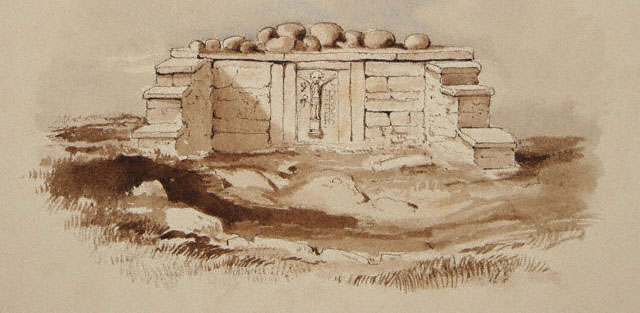“The people cannot come up Mount Sinai, because you yourself warned us, ‘Put limits around the mountain and set it apart as holy.'”
Exodus 19:23
Preface
Sometime during the seventh decade of the seventh century AD (c.670s) an Irishman approached the mountain in modern day Co. Mayo known as Croagh Patrick. He was an ecclesiastical academic type, something of a ‘a wise man’ or ‘sapiens’ in the early Irish Christian tradition. Although he had been fostered and trained in a monastery in Co. Meath, on the east coast of Ireland, he was in fact, a local – originally hailing from the north coast of modern day County Mayo, around the western shore of Kilalla Bay.
It was probably not his first time seeing the mountain. He would surely have heard stories about it in his earlier youth; maybe caught glimpses of it at times and certainly would have been aware of its imposing presence in the landscape. Indeed, almost as soon as he crossed the River Shannon, traveling from Leinster, he would have caught sight of it several times in the distance.

The man probably traveled out along the lowland plain of modern day Murrisk, between the mountain and the southern shore of Clew bay, along the same route that the modern day road takes today. He would have passed an early church site at Umhall, now known as Cloonpatrick graveyard at Oughaval. He would have passed a few standing stones and the remains of prehistoric stone alignments on his way. He would passed the future site of Murrisk Abbey, then just a coastal bluff sticking out into the sea. He would have passed the future site of the modern day car park at the foot of ‘the Reek’ as it is now called. And he would have kept on going.
He was looking for something in the landscape. Something conspicuously imposing and already ancient. A few miles up the road, at a point where the highest stream from the mountain summit flows down into Clew Bay – linking the summit and the foot of the mountain – he apparently found what he was looking for. A late prehistoric stone cairn or ring barrow mound – part of, or adjacent, an older communal burial place still in use – reflecting an even older dynastic, or territorial boundary.


